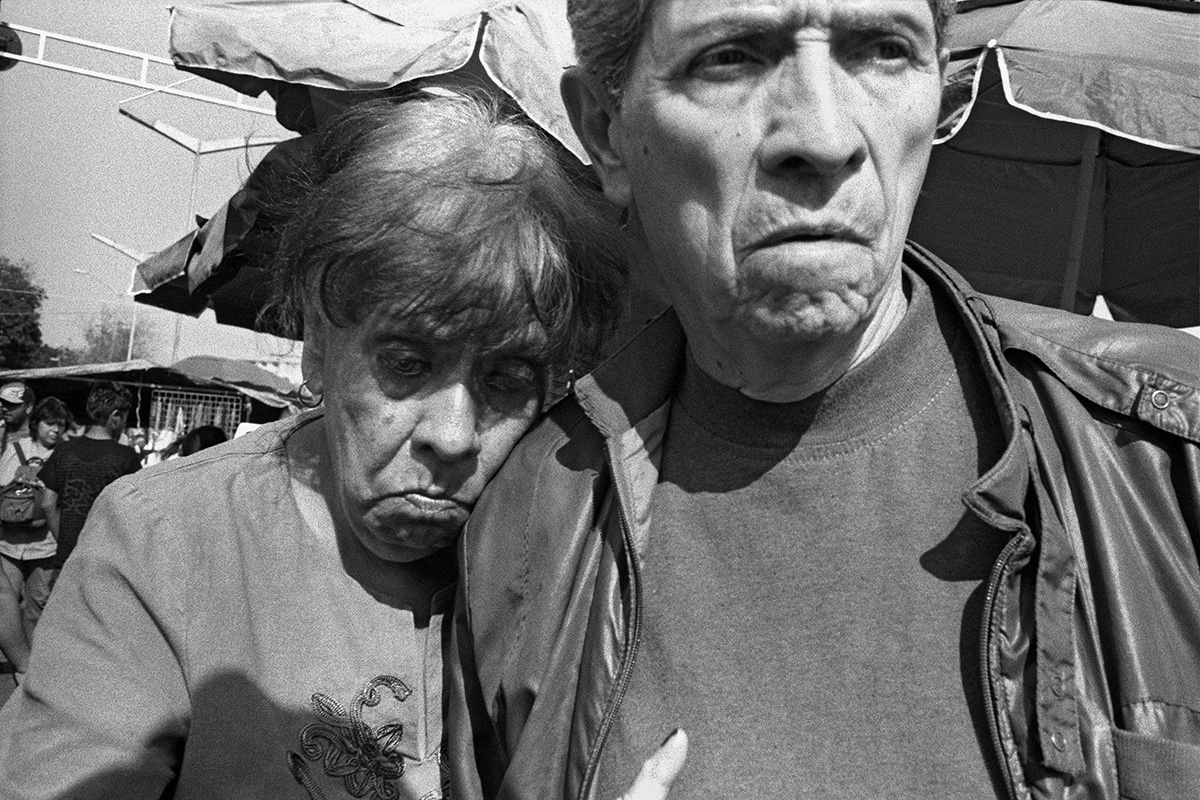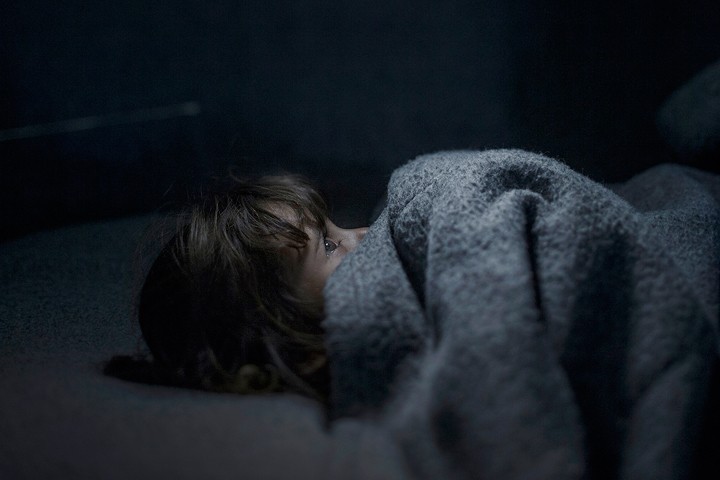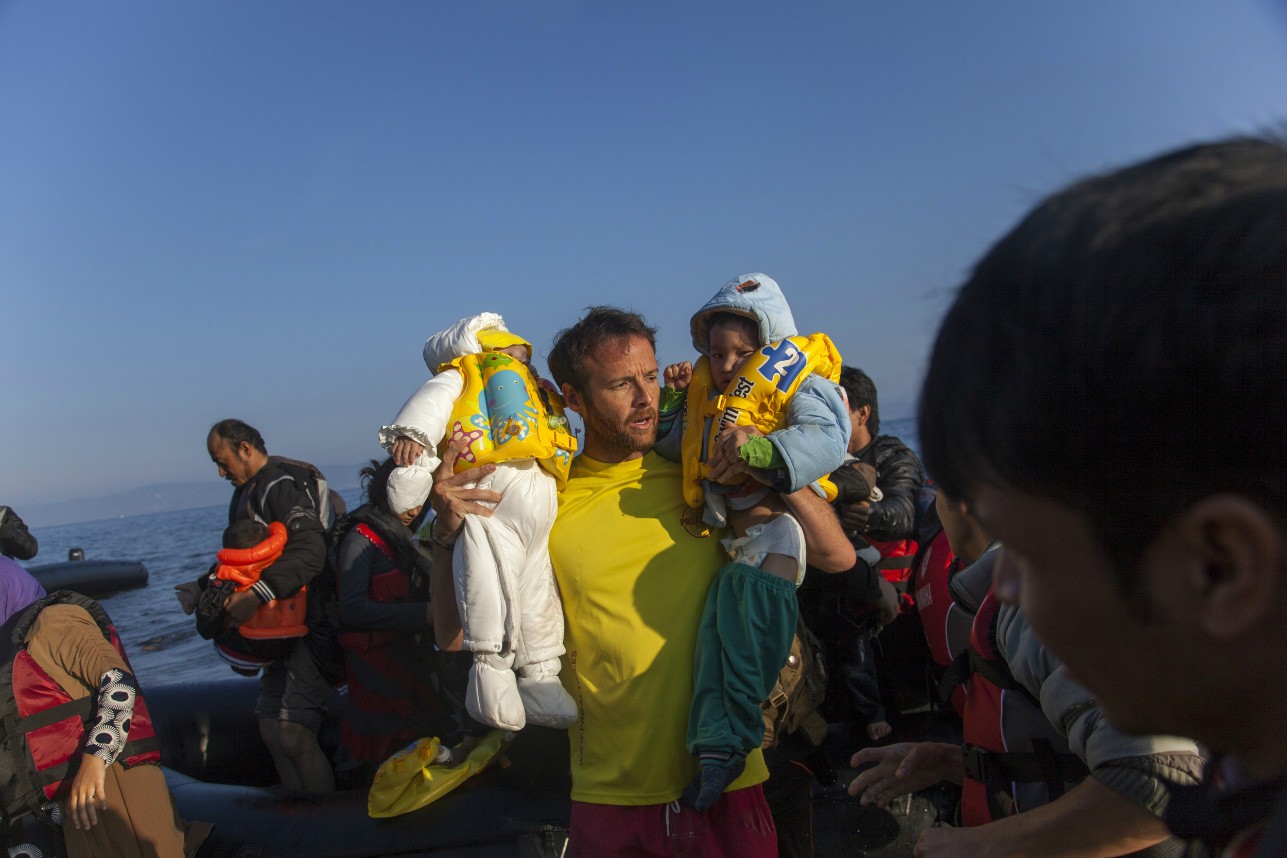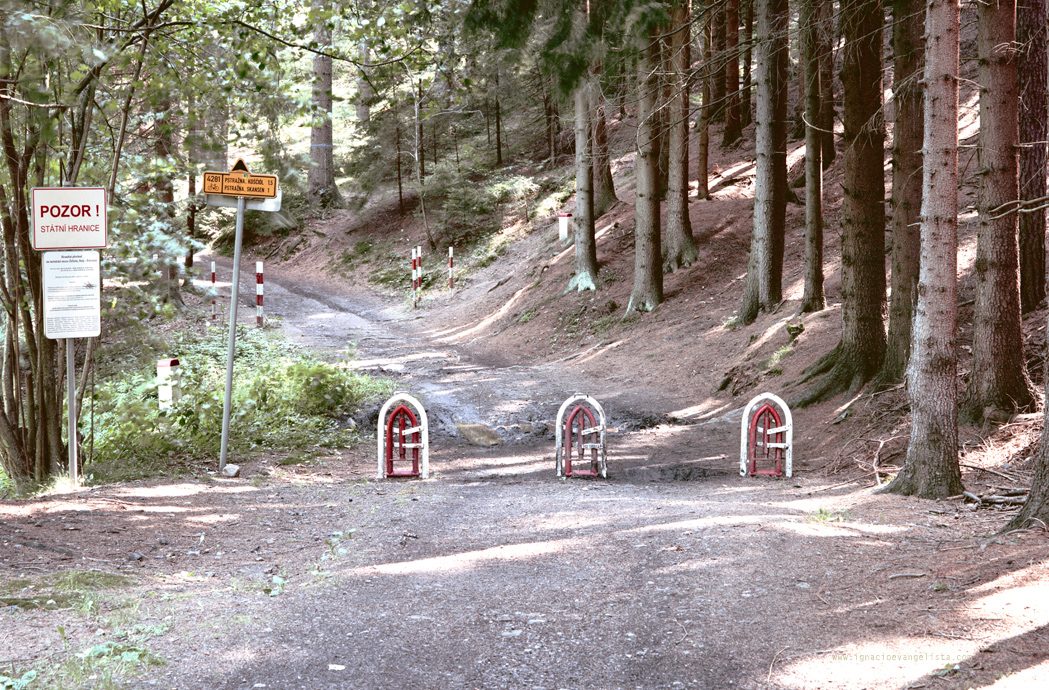
Visa Free Travel: Abandoned Border Checkpoints in Europe

Spanish photographer, lives in Madrid. Studied psychology. Started as a fashion photographer, did commercial assignments. Last year won residency in Mexico where he shot the series Line on the Map about the border between the US and Mexico. Three years ago started a project called After Schengen, about the abandoned border checkpoints in Europe.
I was into maps as a child. I never understood why the borders in Europe are so curved and complicated, and in Africa they are straight almost everywhere. I used to think that people in Africa are cleverer than Europeans because they have simpler and more logical borders. It was probably this childhood hobby that gave me the idea of a project about abandoned border checkpoints.
I am interested in situations and locations that provoke disharmony, conflict, or confusion, especially when it happens on the border between natural and artificial.
Several years ago I noticed an abandoned border checkpoint on the way from Spain to France. I didn’t photograph it, but I remembered the idea. I am usually not very sure of my projects when I just start them, and I needed to travel two or three times to gain confidence in this idea.
In three years I photographed border checkpoints in Spain, Portugal, France, Austria, Czech Republic, Slovakia, Poland, and Hungary. The Eastern European countries were the last to join the EU, so there were more chances to find abandoned border checkpoints there. In rich countries in Western and Central Europe they are either taken down, or turned into schools or cultural centers.
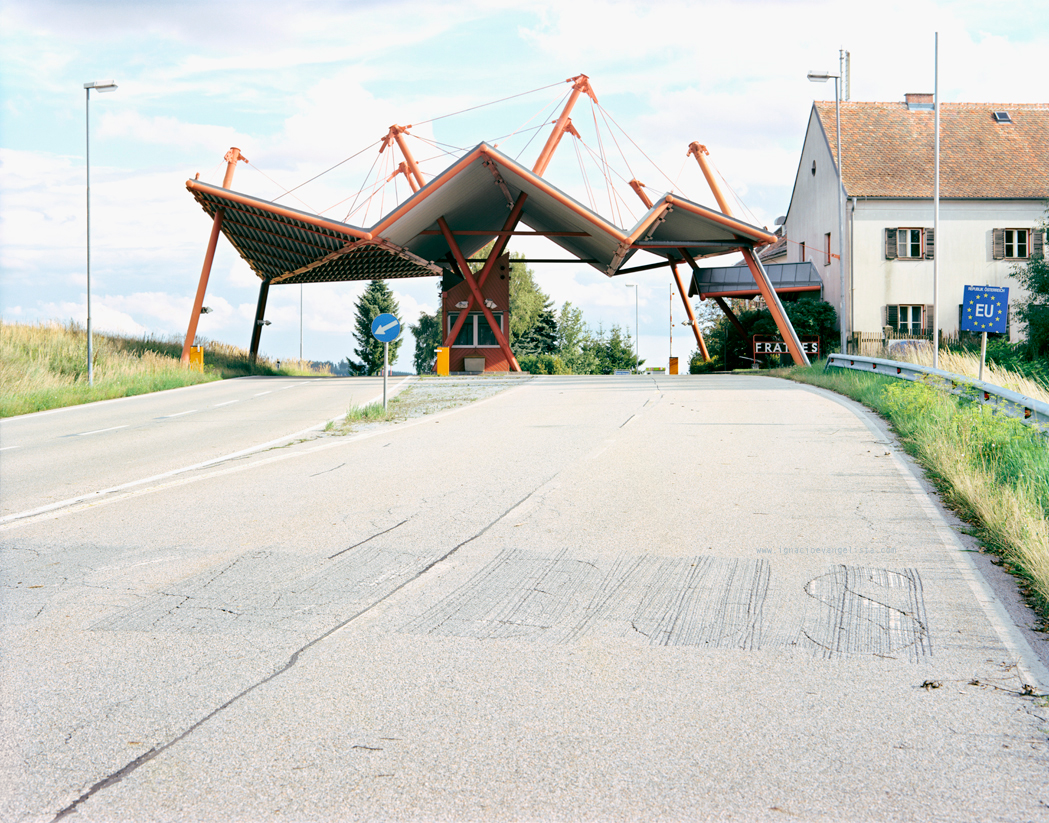
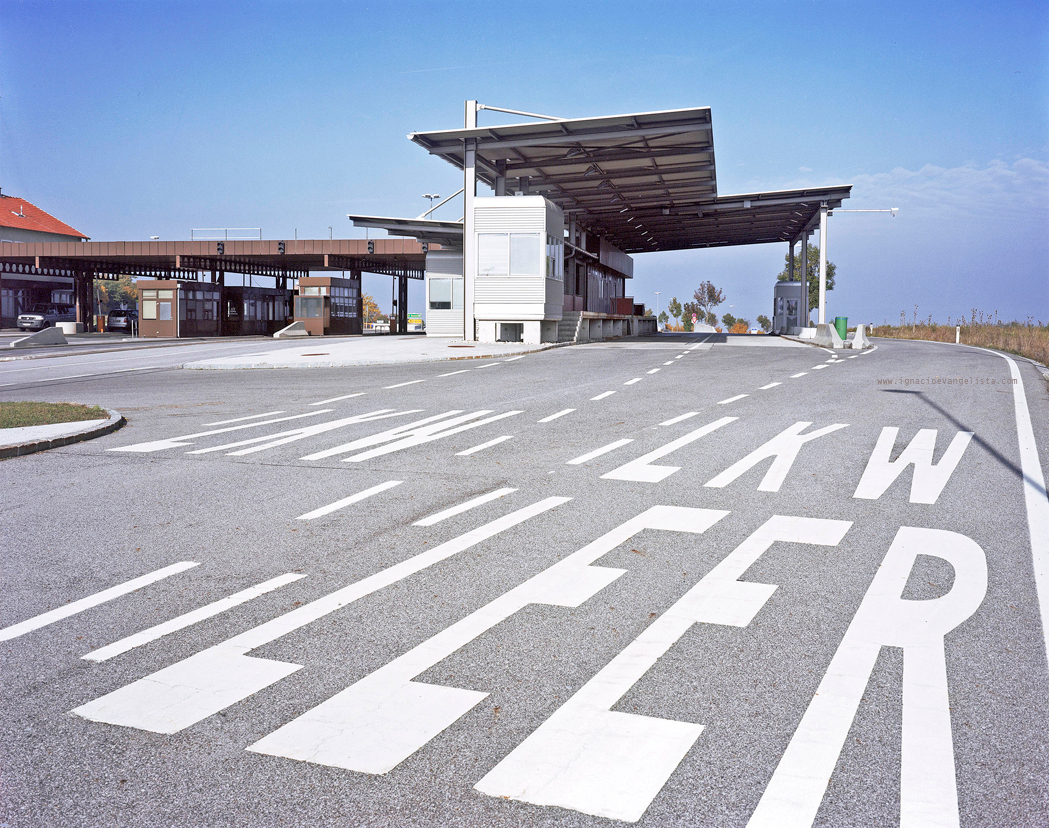
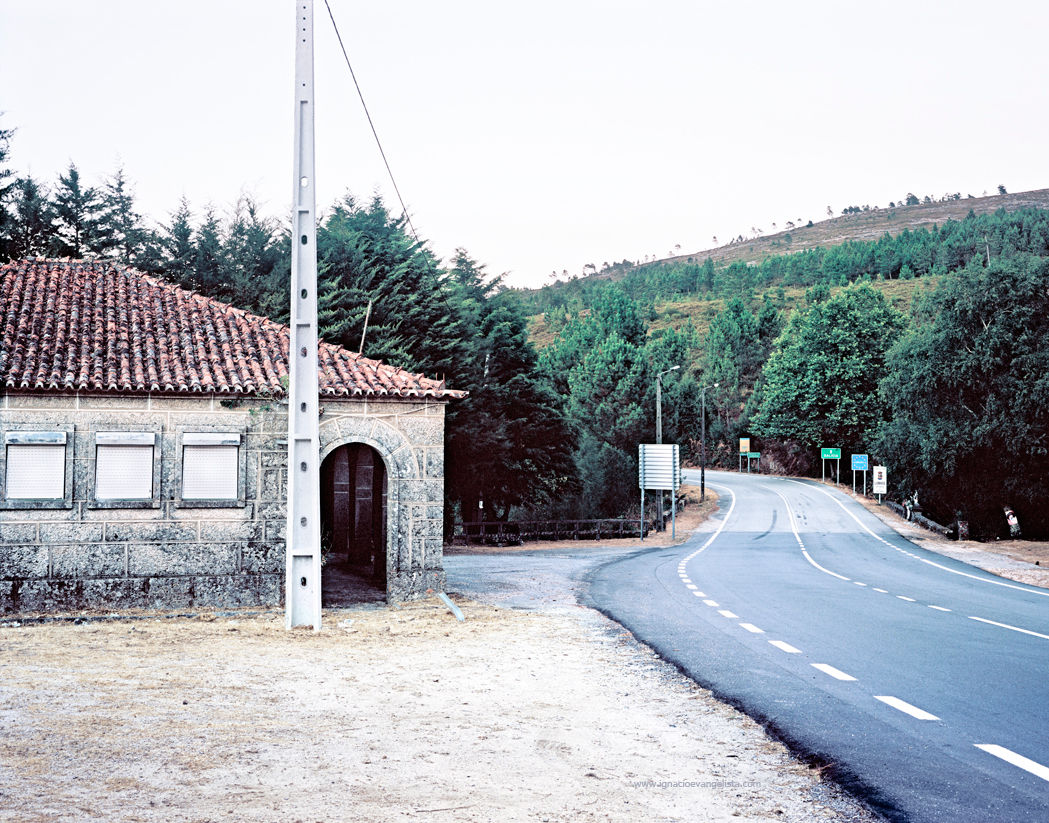
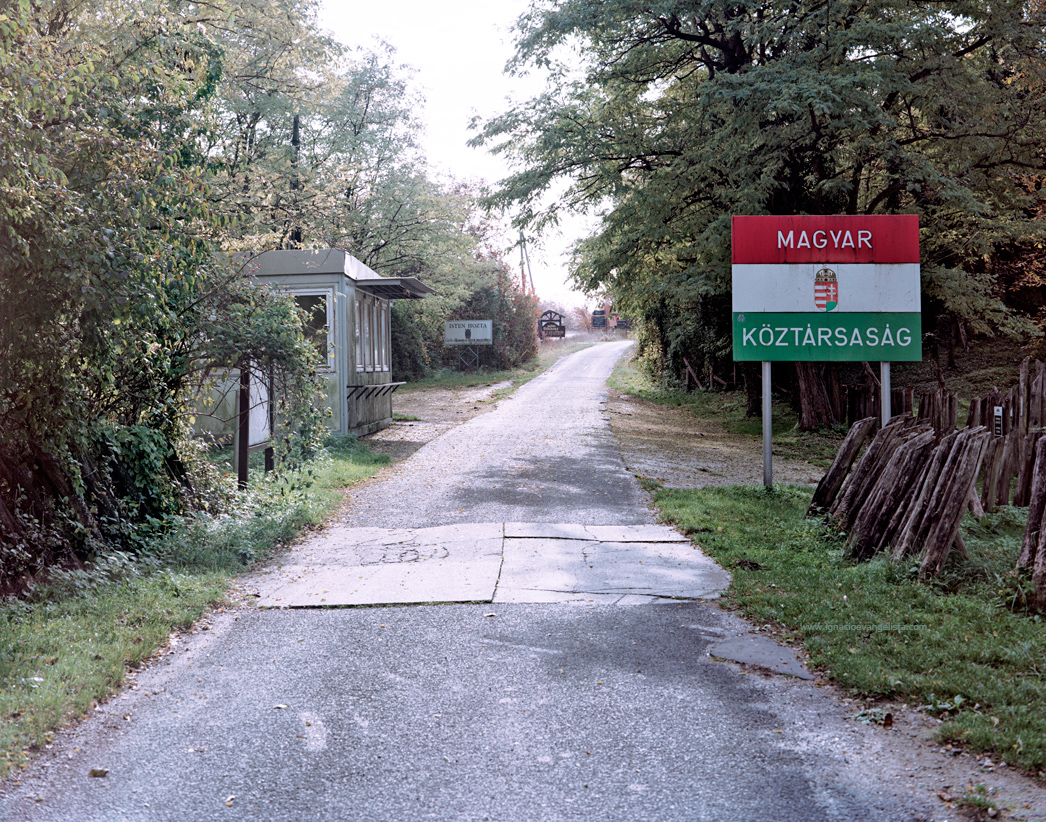
I found the photographs of some of the border checkpoints on Flickr, and then I contacted local tourist offices to find out whether the checkpoint was still there. People I talked to were usually friendly and willing to help. One time I was unlucky: I came to photograph a checkpoint between Germany and the Czech Republic, but found nothing there — it was taken down a week before I came.
All the checkpoints in my photos are different, but they have one thing in common — the line that signifies the border.
This project became very relevant in the wake of the current migrant crisis. A year ago I saw one of the checkpoints between Austria and Hungary that I photographed on the news. In my photograph it is abandoned, but in the video there was a huge queue lining up in front of it. The checkpoint started operating again because of the inflow of migrants.
It is important for people who were born after the borders fell to be reminded that Europe was not always this open. It is especially important to remember it now, when politicians are trying to initiate the closing of borders.
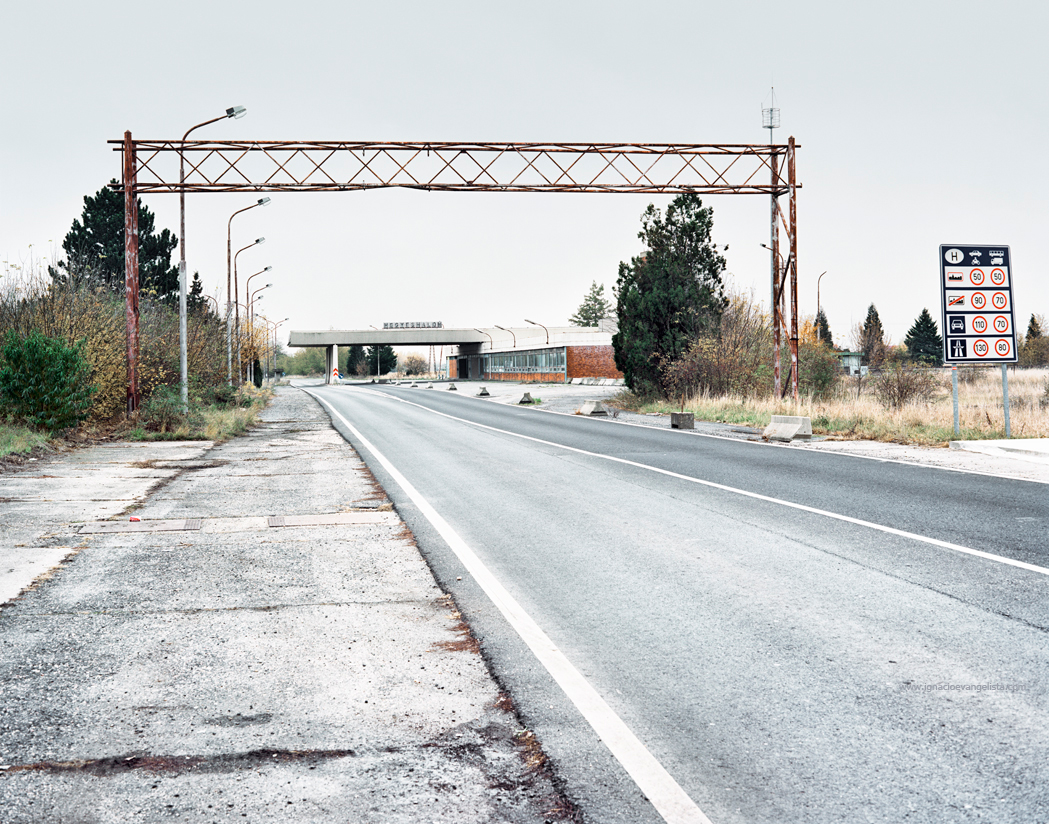
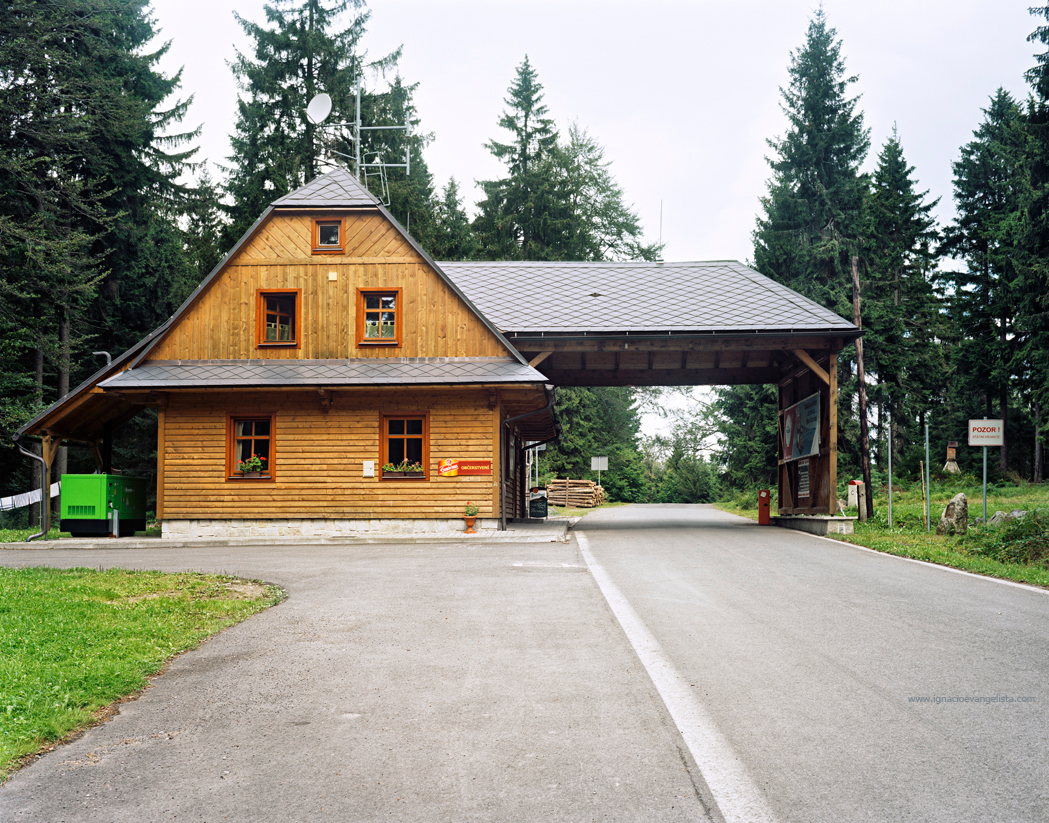
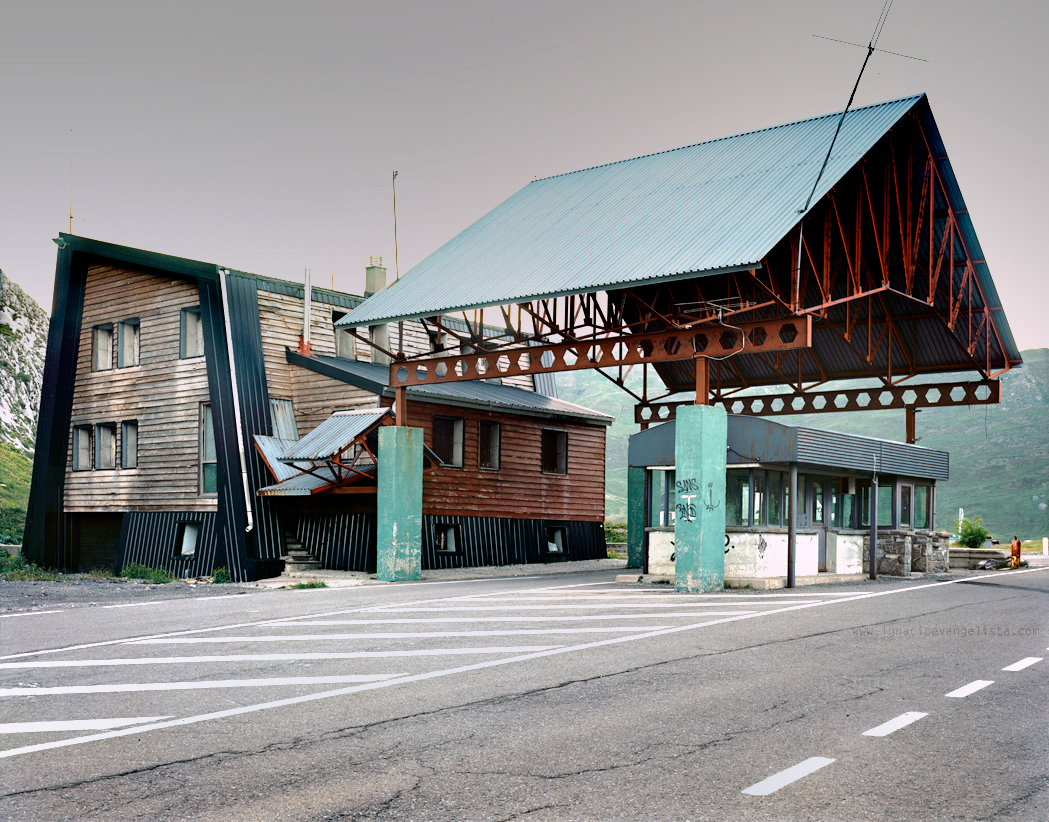
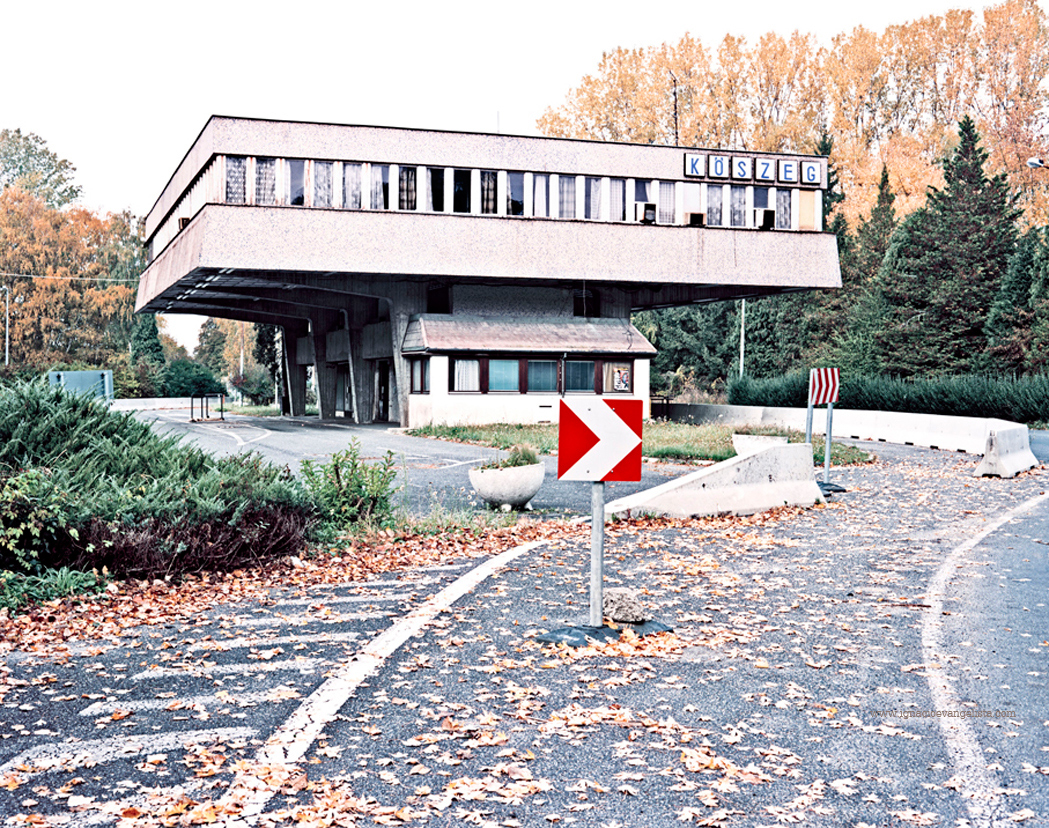
I witnessed a love story on the border between Austria and Hungary. A man drove in a car from the Austrian side, and a woman drove in from Hungary. They met at the border checkpoint and started kissing. Five minutes later they went back to their cars and were on their separate roads. Most likely, they were lovers or simply in love. They probably wouldn’t have had a chance to meet and love each other 20 years ago, and now the former border serves as a meeting place for them.
Sometimes I like to step over the border when I shoot, thinking that here I am in one country, and two steps later I am in the other one. Traditions, language, food, and people — all of it changes because of these two steps, although you don’t notice it when you are at the border: the air and landscape there is the same on both sides. I sometimes think what a huge impact it makes on your life, the side of the border you were born on.
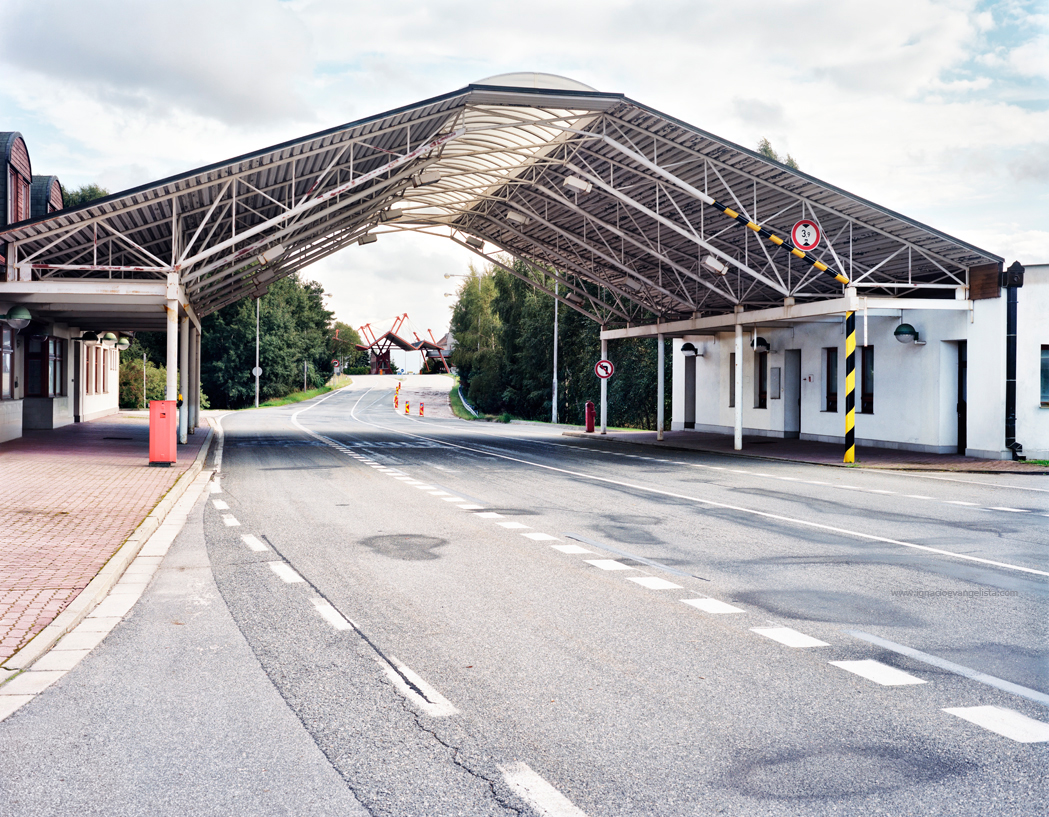
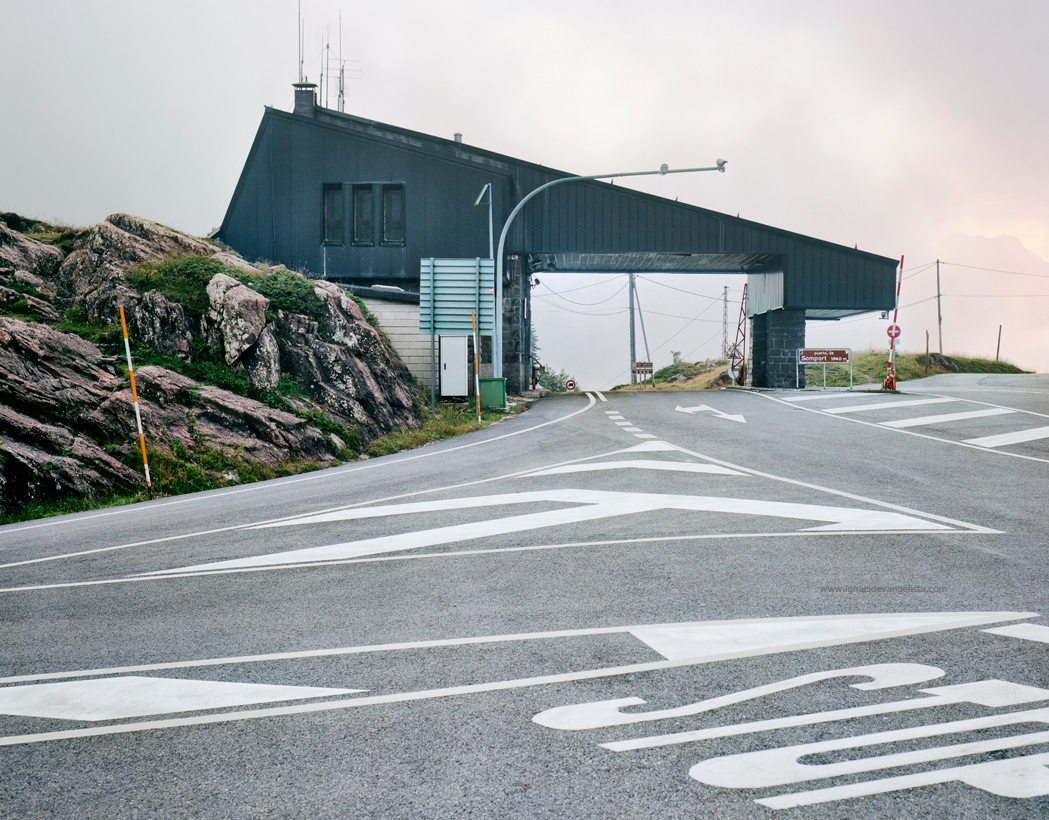
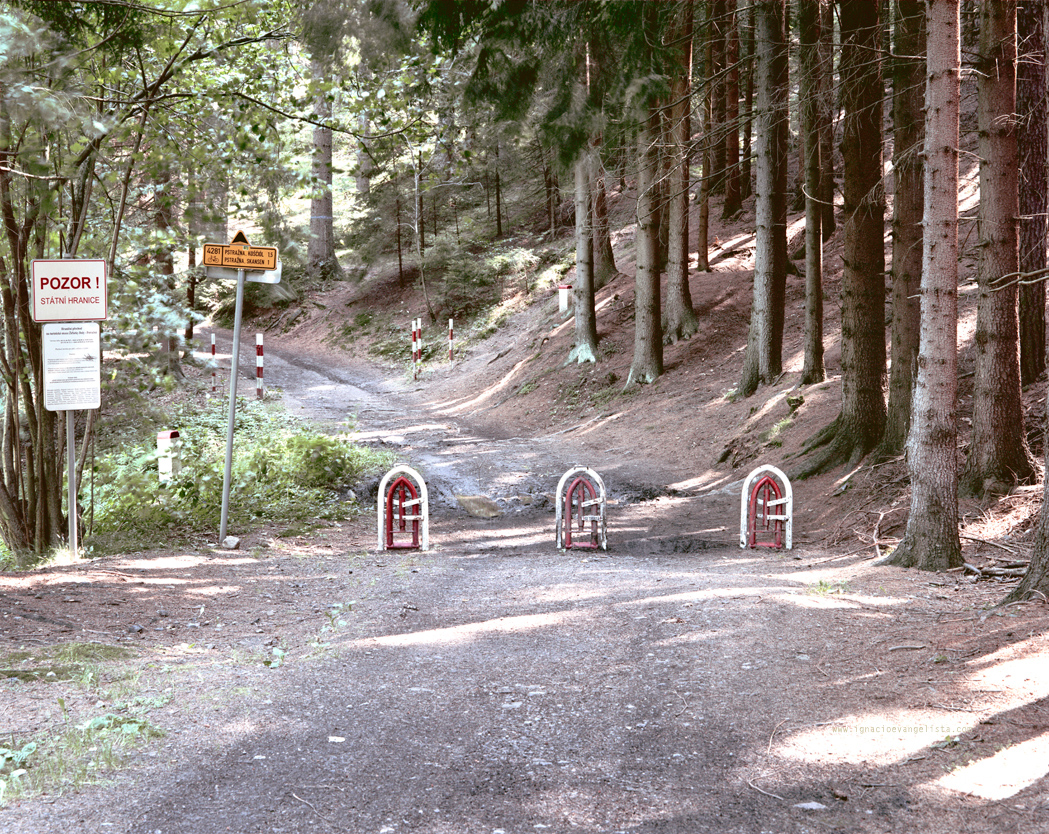
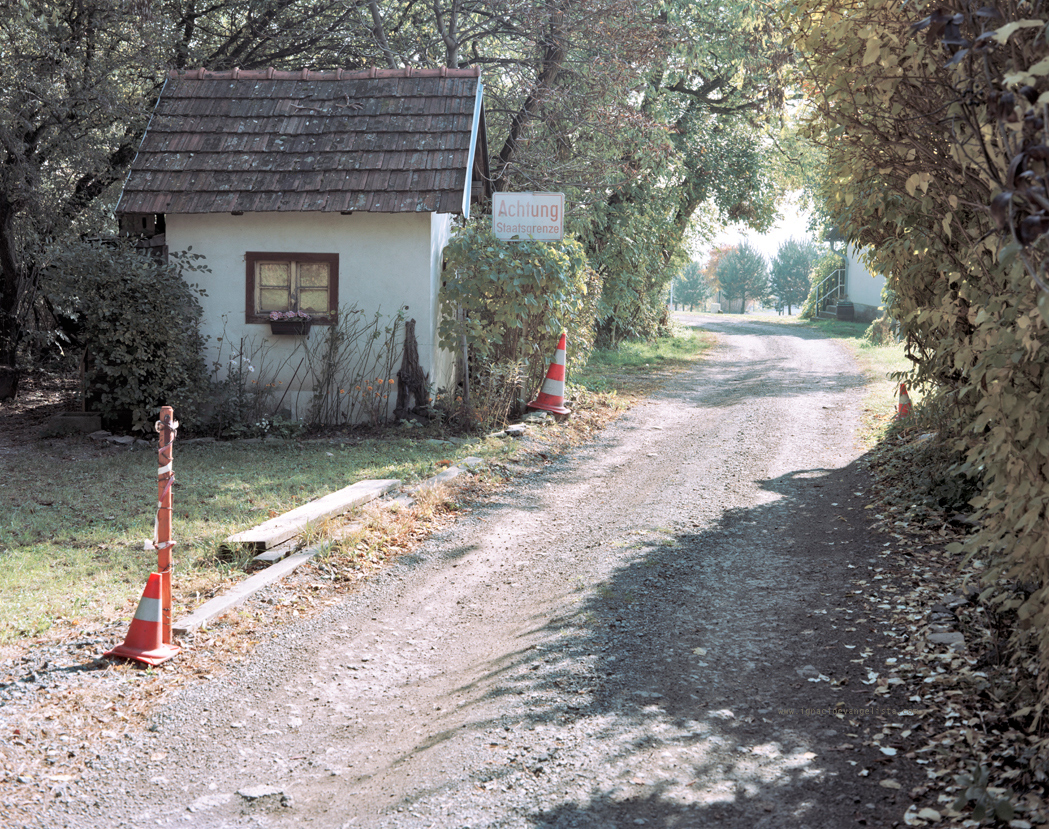
New and best


